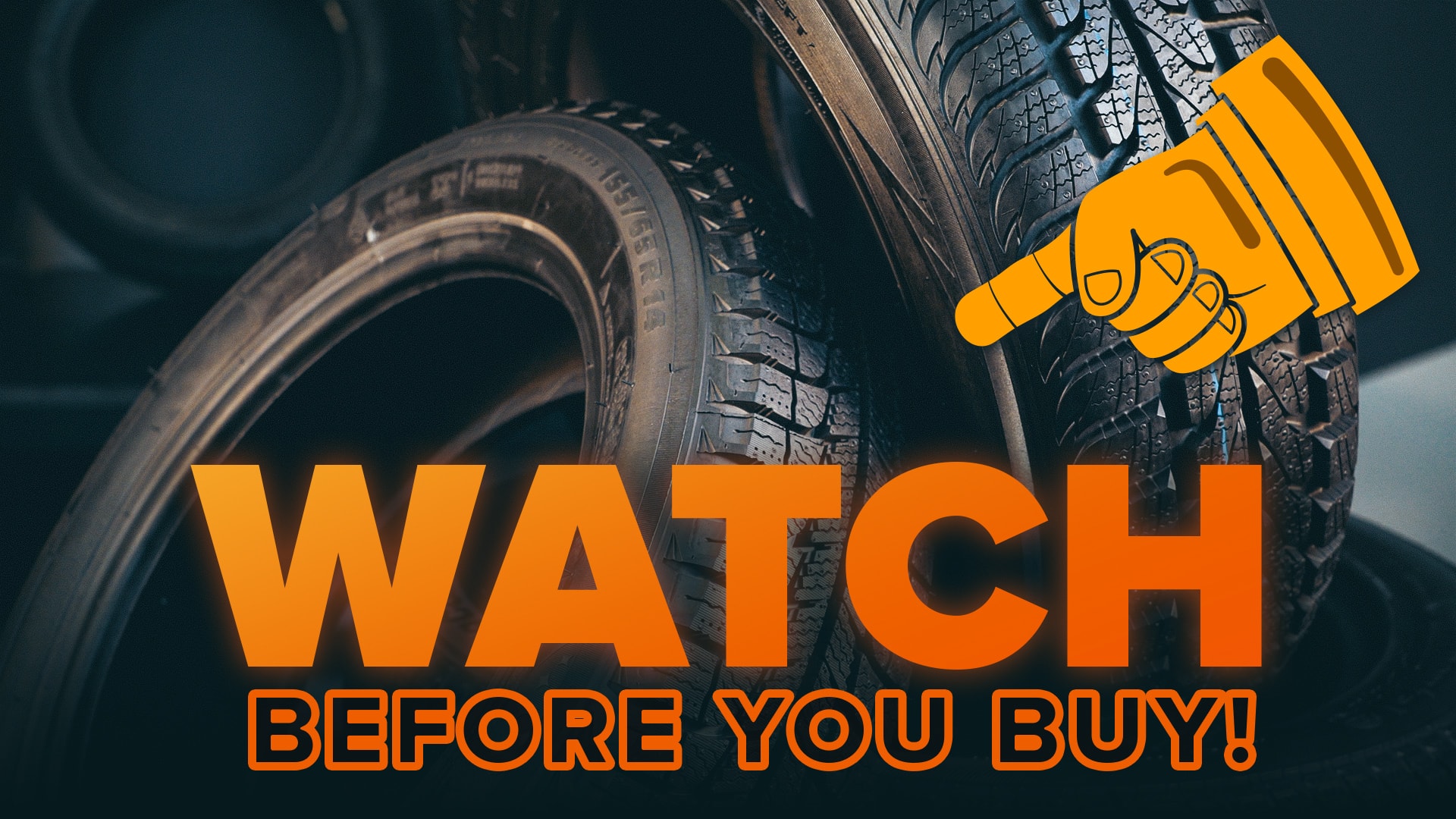
- Car manufacturer’s recommendations.
Read the owner’s manual for your vehicle.
Important information about your tyres may also be indicated on a sticker which you can find:- on the fuel flap;
- on the door pillar;
- on the driver’s side door jamb;
- on the glove box lid.
- Season and weather.
Consider the weather conditions in the area where you’re going to be driving.
Winter tyres are marked with M + S (Mud + Snow), M & S, MS, Winter, or a snowflake symbol.
A sun symbol or no signs means that it’s a summer tyre.
All-season tyres are marked AS (Any Season, All Seasons), R + W (Road + Winter), AW (All Weather, Any Weather). - Tyre size.
Choose tyres of the size recommended by the car manufacturer.
Or buy tyres with the same dimensions and specifications as those installed on your vehicle before.
3.1 Width.
Keep in mind that the optimum tyre width is calculated for each particular car model, based on the weight and power of the vehicle, and has certain limits.
Advantages of wide tyres:- improved handling at high speeds;
- improved roadholding;
- improved acceleration;
- reduced braking distance for summer tyres on dry roads;
- reduced braking distance for winter tyres on wet roads.
Disadvantages of wide tyres:
- Increased weight of the wheel;
- Increased risk of aquaplaning;
- Increased braking distance for summer tyres on wet roads;
- Higher fuel consumption;
- Higher load on the running gear;
- More expensive.
3.2 Profile (sidewall height).
Keep in mind that the optimum tyre profile height is calculated for each particular car model, based on the weight and power of the vehicle and has certain limits.
Advantages of low profile tyres:
- improved handling at high speeds;
- improved roadholding;
- improved acceleration;
- reduced braking distance.
Disadvantages of low profile tyres:
- reduced comfort for the driver and passengers;
- increased load on the suspension system;
- higher fuel consumption.
3.3 Rim diameter.
Keep in mind that the optimum rim diameter is calculated for each particular car model, based on the weight and power of the vehicle, and has certain limits.
- Speed rating (index).
The maximum allowable speed is indicated by the letters A to Y, where A is the minimum value (40 km/h) and Y is the maximum value (300 km/h). - Load rating (index).
The maximum allowable load on one wheel is indicated by a number from 60 to 129. Each of these indicators corresponds to a certain value in kilograms. - Tread pattern.
Consider your vehicle’s operating conditions.
Tyres with a symmetric and non-directional pattern are suitable for calm driving. They are inexpensive, have well-balanced characteristics, and can be mounted on the wheels on either side and axle.
Tyres with a directional pattern are essential for rainy regions. They are highly resistant to aquaplaning.
Tyres with an asymmetric tread are suitable for sporty driving. They are the most versatile, and ensure the vehicle’s stability when driving on both dry and wet roads. - Tubed/tubeless.
Use tyres that have the same specifications as those mounted on your car before.
Tubed tyres are marked with TUBE TYPE (TT), tubeless ones with TUBELESS (TL). - Temperature rating (resistance to heat generated at high speeds).
Usually indicated by “Temperature A, B or C” where A means the best type. - Fuel efficiency rating.
This is marked with the letters from A to G, with A being the most efficient. - Noise rating.
This is marked with a pictogram of sound waves. One wave means that the noise emitted by the tyre is at least 3 dB lower than the regulatory limit, two waves means it is at the limit, and three mean it exceeds the limit. - Wet grip rating.
This is marked with the letters from A to F, where A is the shortest braking distance and F is the longest. - Date of manufacture.
Usually there are four digits: the first two mean the week, the last two the year of production. - Maximum inflation pressure.
This indicator is regulated by car manufacturers.
It consists of the number and measurement unit.
Possible consequences of under-inflation:- tyre overheating;
- accelerated tread wear;
- destruction of the tyre carcass;
- increased fuel consumption;
- impaired handling;
- risk of damage to the wheel rim.
Possible consequences of over-inflation:
- wear along the centre of the tread;
- destruction of the cord;
- faster suspension wear;
- increased braking distance;
- risk of tyre blowout;
- impaired roadholding.
- Tyre stiffness.
Stiffer tyres are more resistant to wear. Softer ones have better grip. - Manufacturer.
Choose products from well-known brands: they will last longer.
In addition to production facilities and test sites, major manufacturers have their own research centres, which allow the development and implementation of innovative technologies. - The laws of your country.
Check whether your country permits the use of:- winter and summer tyres on snow, ice, slush, and at sub-zero ambient temperatures;
- studded tyres;
- snow chains;
- tyres with a tread depth of less than 4 mm.
Want to choose and buy tyres? Follow the link: Tyres from AUTODOC


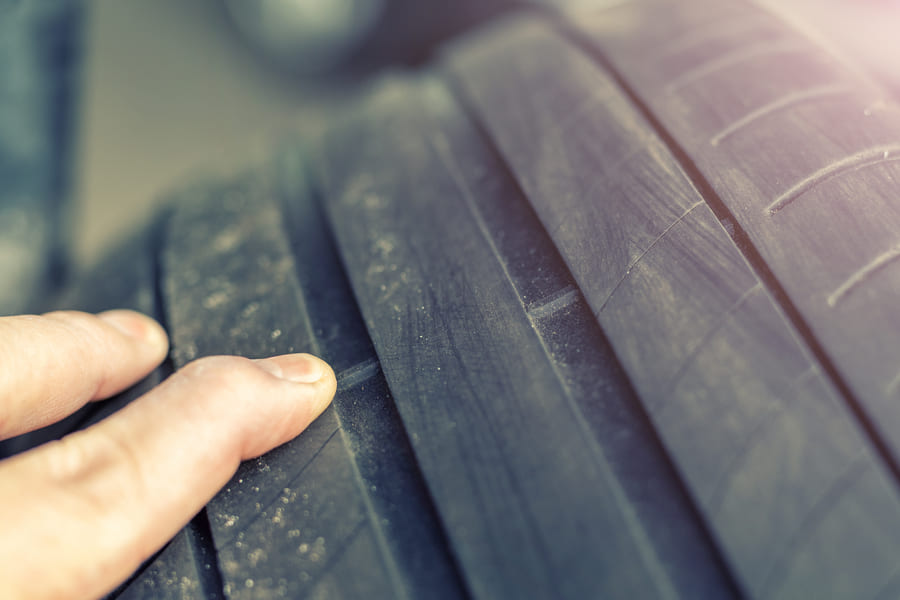
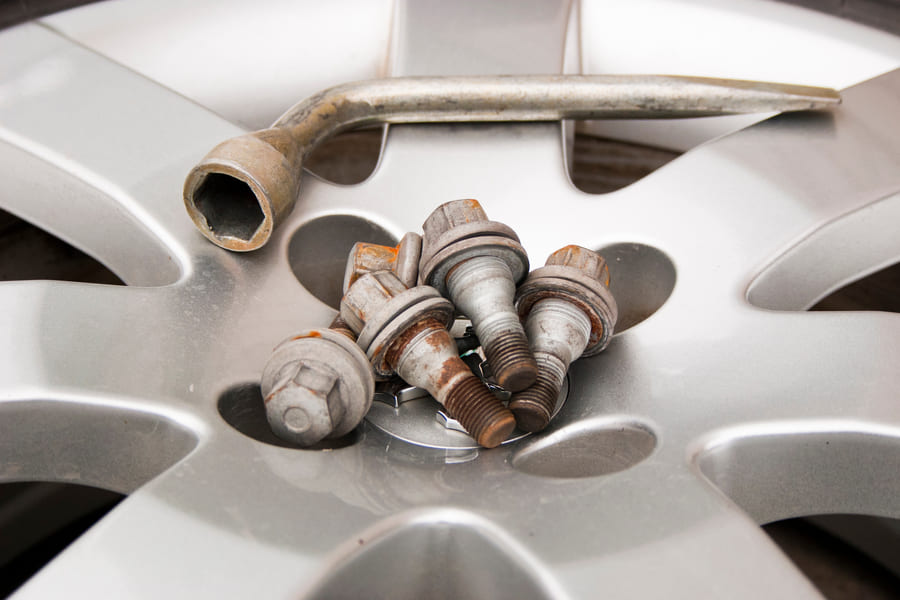

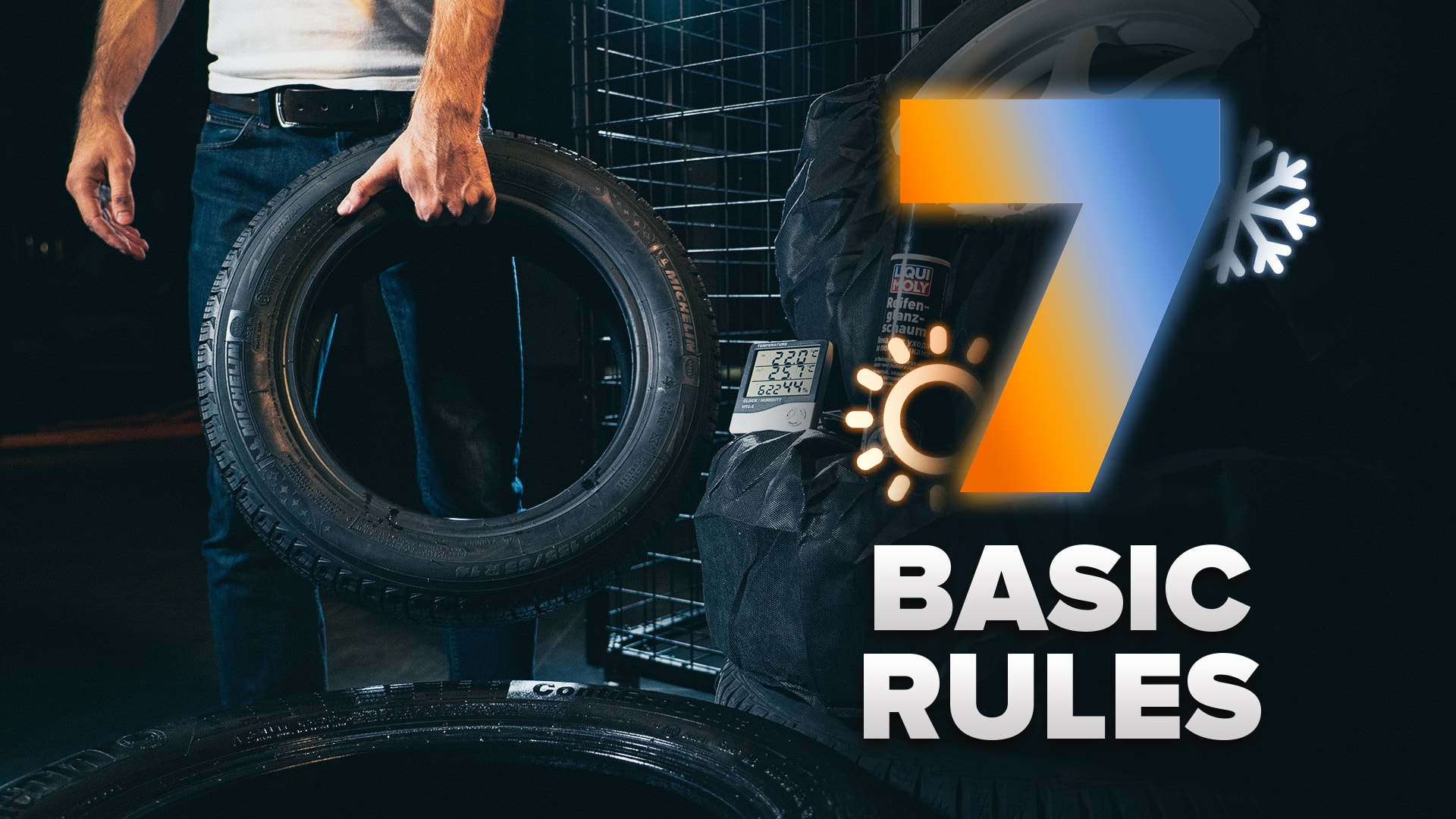

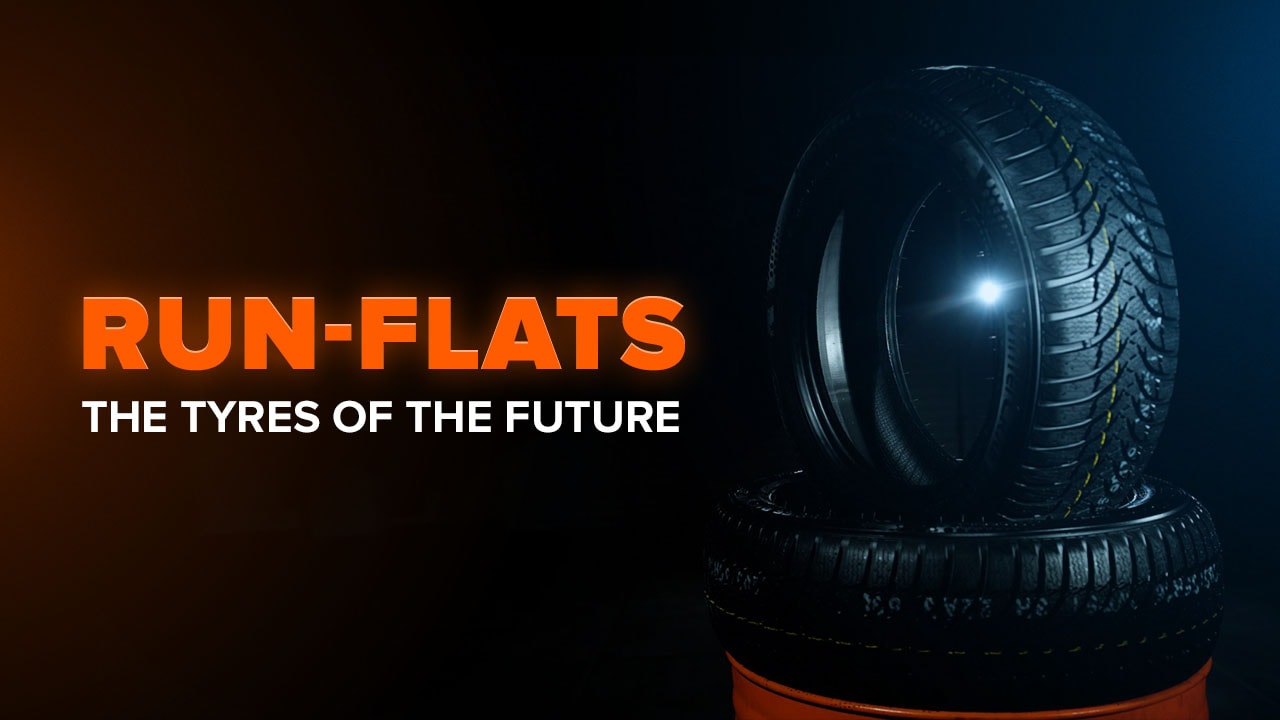
Comment